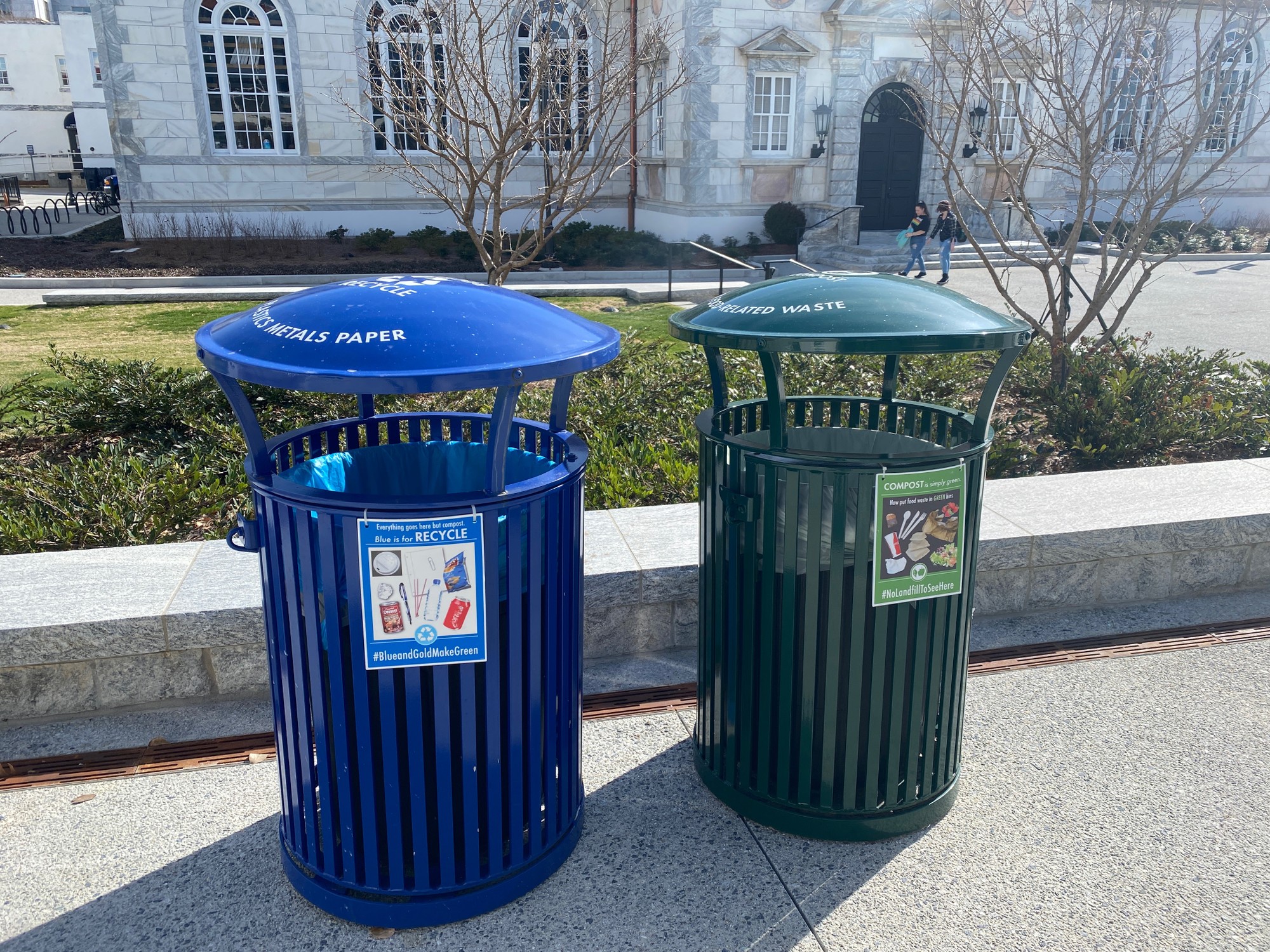Since 1984, the Chevron Doctrine has been cited tens of thousands of times by federal courts, coming to define American administrative law.
Following the landmark Supreme Court case Chevron U.S.A., Inc v. Natural Resources Defense Council, the Supreme Court introduced the concept of Chevron Deference, which established when federal courts were supposed to defer to administrative agencies.
Chevron Deference consisted of a two-part test. First, federal courts had to determine if the law in question was clear in its intent. If so, then the law’s designated agency would have no choice but to follow it. However, if the law was found to be ambiguous, then courts were to defer to the law’s given federal agency, as long as their interpretation was ruled to be “reasonable.”
The basic idea behind Chevron Deference was that federal agencies, staffed with experts in their respective fields, would be better equipped to assess meaning in ambiguous legislation than judges.
However, Chevron Deference has been shattered by one of the Supreme Court’s recent decisions.
In late June, the Supreme Court ruled on Loper Bright Enterprises v. Raimondo. This case involved a fishing company claiming that the National Marine Fisheries Service (NMFS) did not have the authority to force it to pay for a government-mandated inspector on its boats, a rule developed because of deference to agencies.
The Supreme Court ruled in favor of the fishing company, holding that courts may not defer to a federal agency’s reading of a law just because that law is ambiguous. The choice effectively overturned Chevron Deference.
Because of the Chevron decision, federal courts have been given more power to interpret vague laws, which threatens to make policy activists out of unqualified judges. This state of affairs will necessarily rob the American people of much of the expertise provided by federal agencies.
According to the Union of Concerned Scientists, the Court’s repudiation of Chevron will force agencies to create many more justifications for their decisions, slowing the regulatory process and decreasing the number of regulations that can be developed. Removing Chevron will come with a significant uptick in claims that administrative laws are ambiguous, which would cede power to judges.
Overturning Chevron also makes regulations more vulnerable to lawsuits by actors that may not have the public’s best interests in mind. Future regulatory legislation will now be reviewed and decided with less subject matter knowledge and expertise, which will open the door to legal challenges from corporations and other groups looking to skirt regulations.
In two recent cases, large groups of Republican attorney generals filed suit against the Environmental Protection Agency (EPA) in an attempt to strike down regulations meant to cut down on carbon emissions from both cars and energy plants. They claim that the EPA is overstepping, meaning the agency will have to plead its case to judges to save regulation that they believe will put a large dent in future carbon emissions.
These types of regulatory attacks are inevitable, but without Chevron, the power to determine the meaning and validity of regulatory laws will increasingly rest with those who are either unqualified or advocating for interests that don’t align with the general health and safety of the public.

